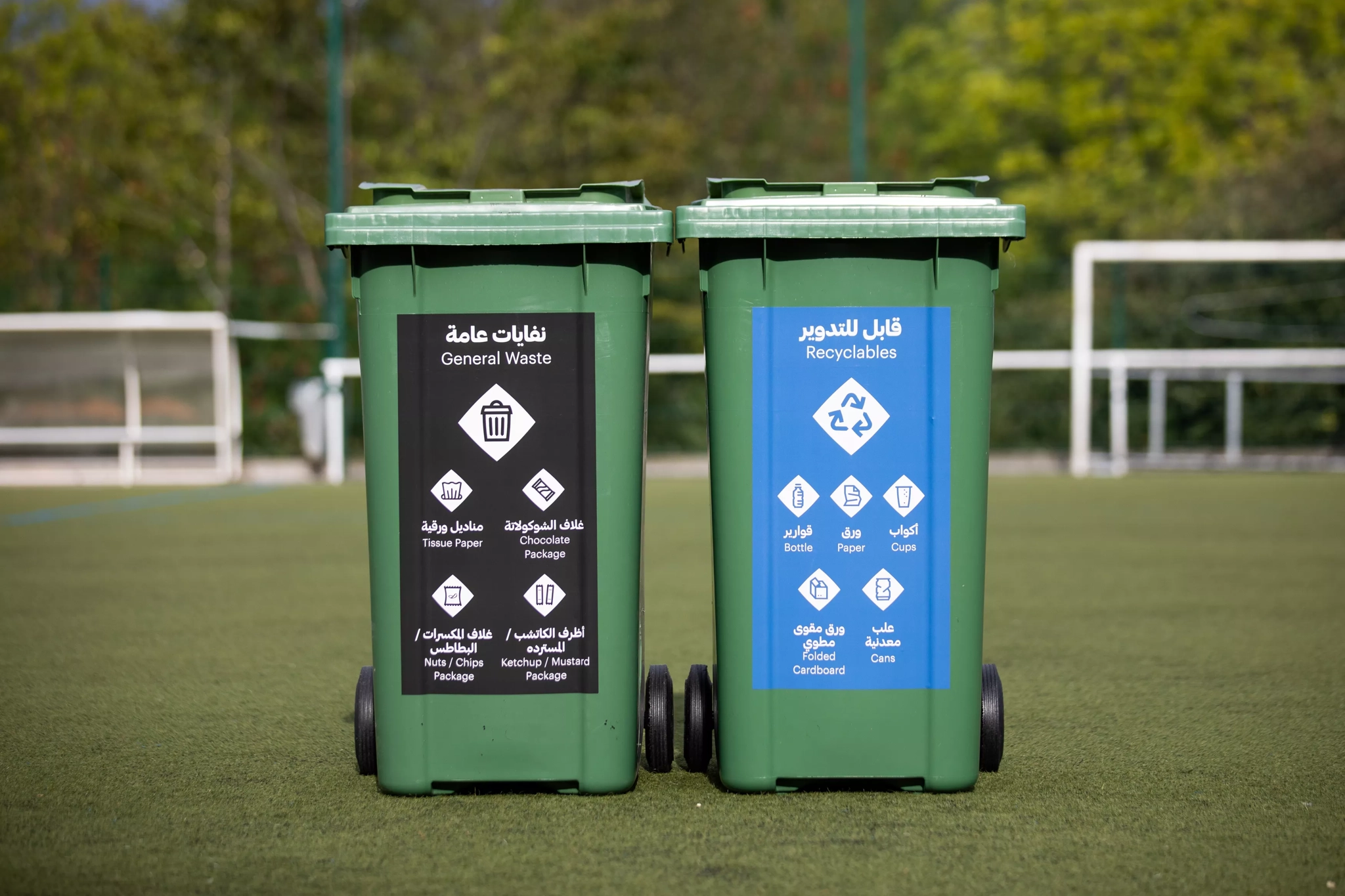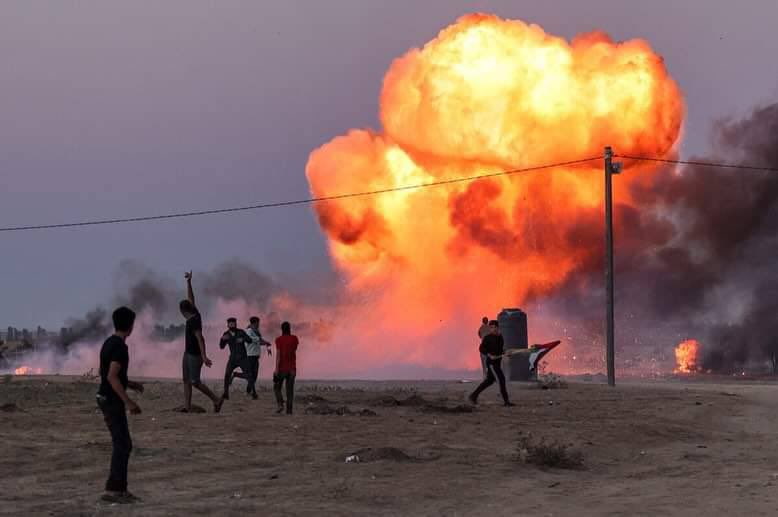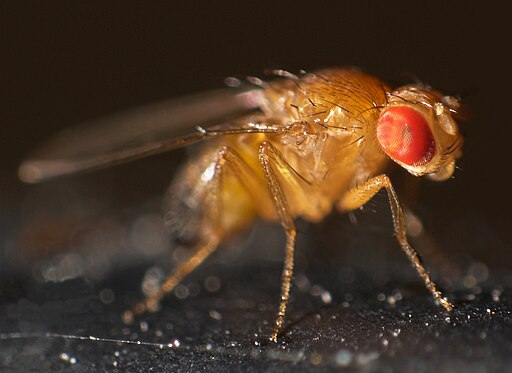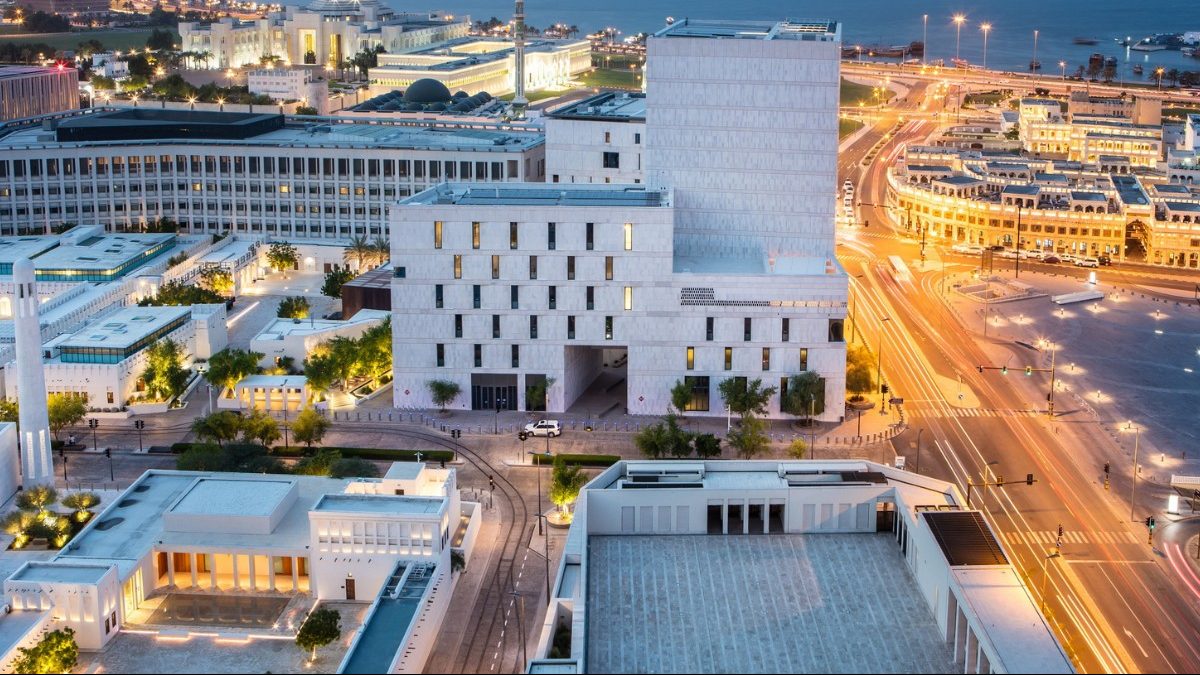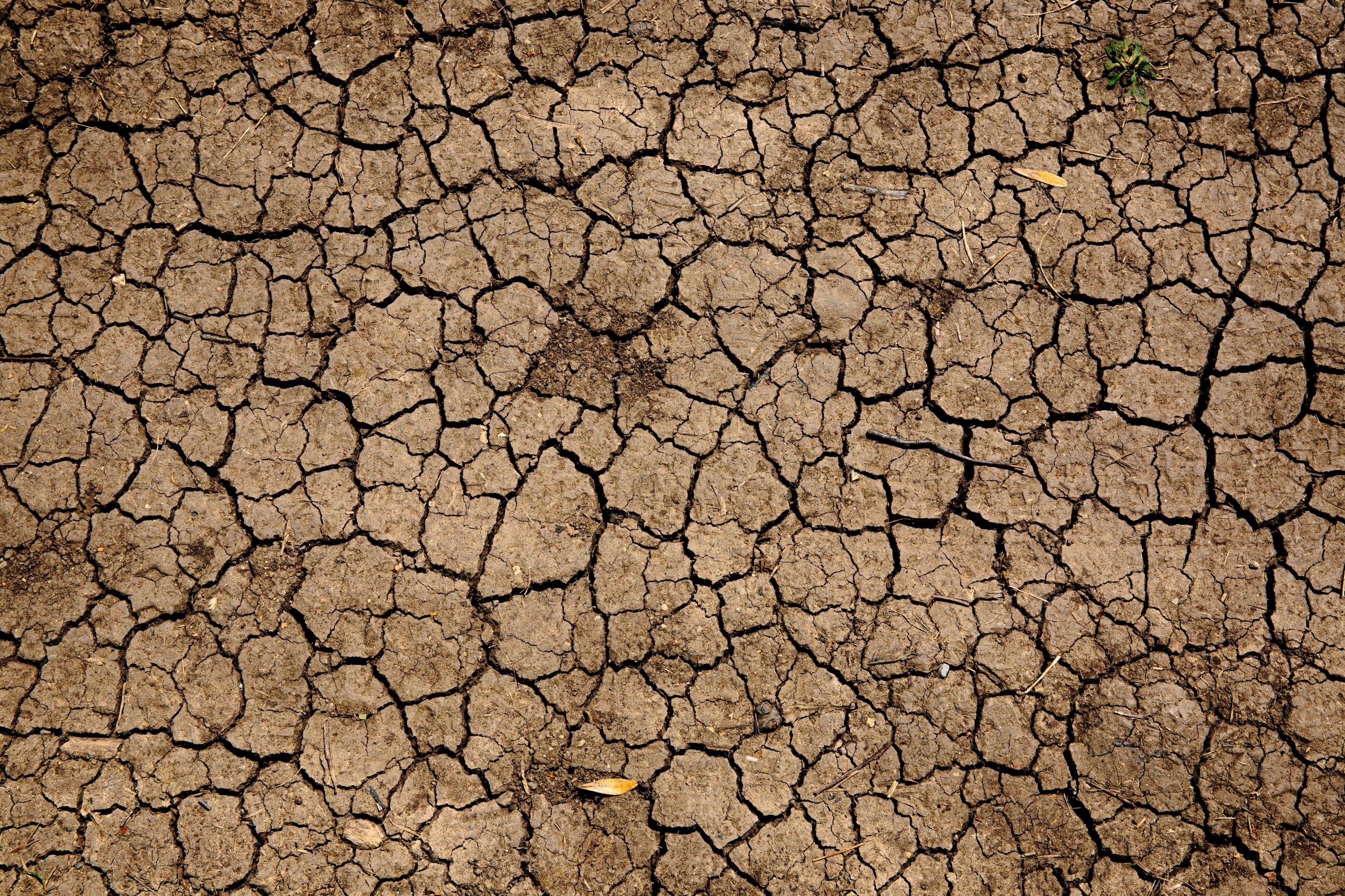Up to 72% of the waste produced at the FIFA World Cup Qatar 2022 stadiums and other event locations has been separated for recycling purposes.
Waste recycled during the FIFA World Cup Qatar 2022 contributed to producing some 558,340 kwh of clean energy, the Ministry of Municipality reported.
The World Cup provided approximately 1,129.25 tonnes of the primary materials for the recycling factories, according to Hamad Jassim Al-Bahar, director of the Waste Management Department at the Ministry of Municipality.
Paper, cardboard, plastic, metal, and glass were among them.
72% of the waste was recycled, and the remaining 28% was used to generate clean energy in collaboration with the private sector and the Supreme Committee of Delivery and Legacy (SC).
“This is an unprecedented achievement by any host country of the FIFA World Cup, making Qatar comply with its commitment for producing a sustainable and environment friendly tournament,” the official pointed out.
In addition to 202.48 tonnes of plastic materials, 65.43 tonnes of paper and cardboard, 60.57 tonnes of metals, and approximately 4.47 tonnes of glass materials, Al-Bahar noted that the department was successful in producing around 797.01 tonnes of fertilisers from the waste of the stadiums and fan zones.
From the World Cup stadiums, 2,173.31 tonnes of waste were collected. Additionally, the General Cleanlines Department removed approximately 54,865 tonnes of waste while using 1,627 trucks and equipment, 12,230 employees, and supervisors.
Al-Bahar emphasised that these results were made possible by the department, the SC, and all other parties involved in organising the tournament working together constructively.
The SC made several trips to Mesaieed City’s Waste Treatment Center, which is the biggest facility of its kind in the Middle East.
Qatar’s green efforts
Qatar is the first country in the Eastern Mediterranean region to have all of its cities receive the World Health Organization designation of Healthy City as a result of significant efforts in implementing the principles and standards of environmental, health, and urban sustainability—one of the most important indicators of healthy cities.
In recent years, there has been a 164% increase in public parks. Qatar previously hosted just 56 parks in 2010, but this has since increased to 148.
In 2022, there will be more than 43 million square metres of green space nationwide, up from about 2.5 million square metres in 2010.
The country’s per capita share of green space increased by 16 times from less than one square metre in 2010 to 16 square metres today, serving as evidence of this.

